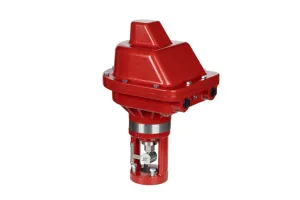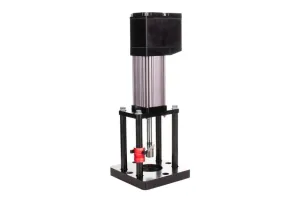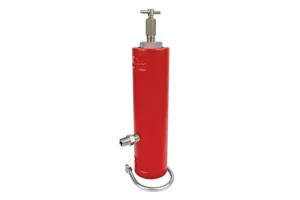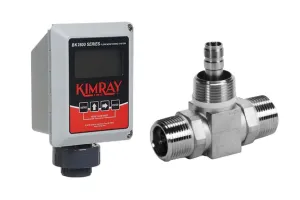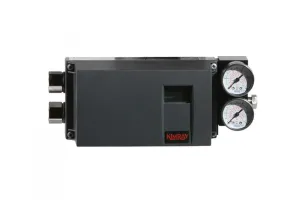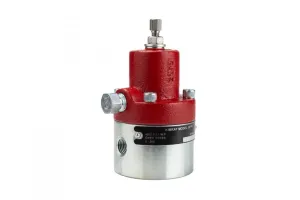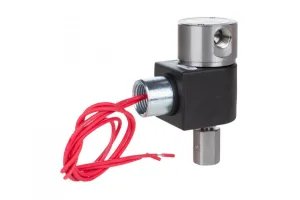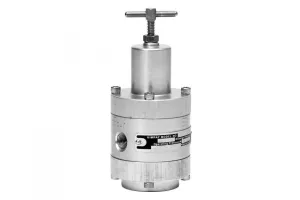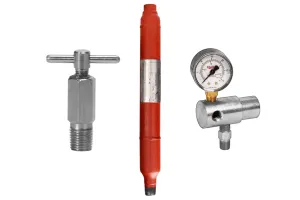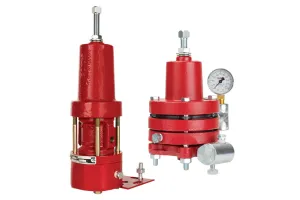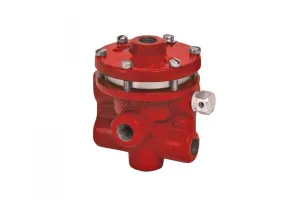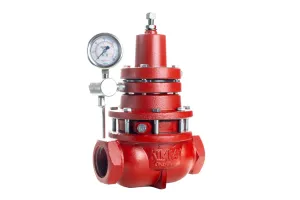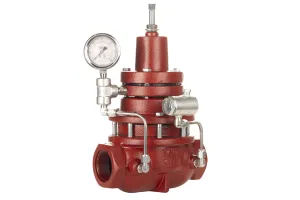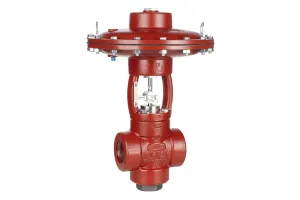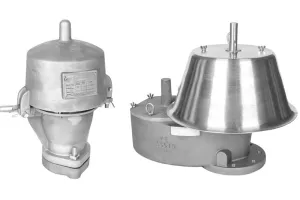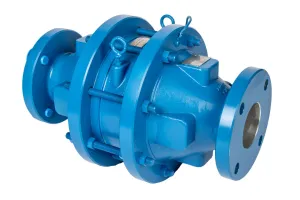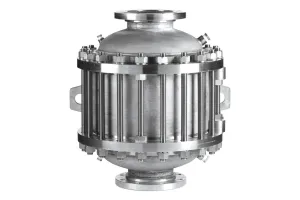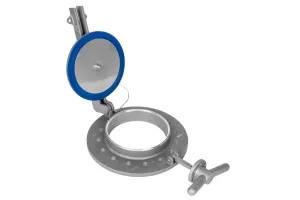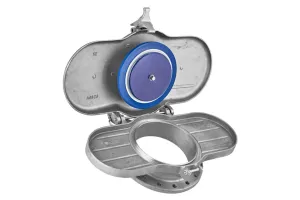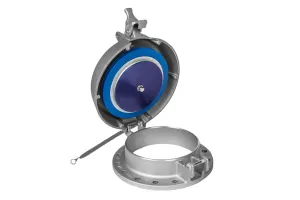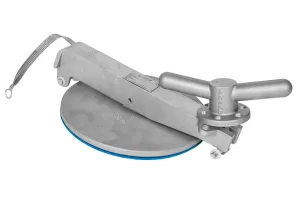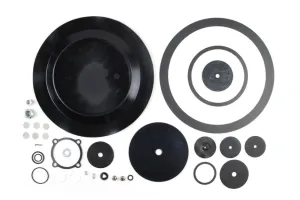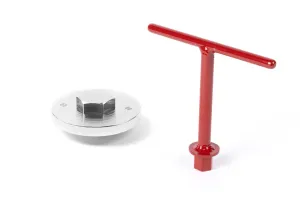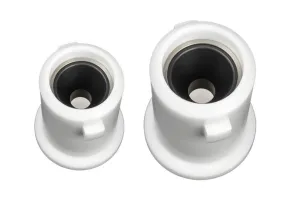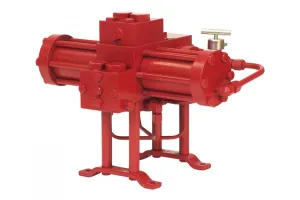Having trouble with the liquid level control system on your separator?
In this video, Will shows you 7 things to check to make sure your liquid level controller is functioning properly.
How a Liquid Level Controller Works
A Gen II Liquid Level Controller uses a displacer to sense the liquid level change inside a vessel. It then actuates a dump valve to maintain a liquid level inside a production vessel.
These troubleshooting principles are the same for back-mount or side-mount configurations.
Currently using a Gen II? Upgrade to the new Gen 3 - our all-new liquid level controller that's even easier for operators to install and adjust in the field.
7 Reasons for an Erratic Liquid Level Control System
1. Bad Supply Gas
If you're experiencing issues with your level controller, the first thing to check is your supply gas. You want to make sure you have adequate pressure, which is 30 PSI. Too much pressure can damage the pilot; if you don't have enough pressure, it won't be able to actuate the dump valve.
Supply gas also needs to be flowing from a high and dry place, so you aren't getting wet gas to the Gen II pilot.
Cleaning or replacing the pilot can fix this, though you may need to improve your supply gas conditions for a long-term solution.
2. The Float Arm is Stuck
The second thing to check is if the arm is stuck.
To do this, open the case and see if you can manually raise and lower the float by pulling on the extension housing. If it's stuck, you will need to remove the controller.
Often the cause for this is sand build up in the vessel and the displacer is sitting on top of sand. If this is the case, you will need to blowdown the vessel and clean out the sand.
3. The Displacer is Hitting the Wall
If the weld neck on your vessel sticks out from the side wall, the displacer may be hitting the wall as it lowers, preventing it from sitting down in the fluid properly.
In this case, you need to use an extension to get farther into the vessel and avoid the weld neck. 6", 12" and 18" extensions are available.
4. The Temperature is Too High for the Displacer
Our standard PVC displacer has a max working temperature of 175° F. If your fluid temperatures are higher than that, the displacer will deteriorate, so we recommend using the Stainless Steel displacer.
5. You Need to Switch to Vertical
If you're having trouble controlling interface level, using a displacer in a vertical orientation works better because you get more of the displacer in the fluids. Horizontal orientation has less surface area on the displacer to sense the water level.
If you decide to convert from horizontal to vertical, contact your Kimray representative to get the correct parts for this conversion.
6. Your Liquid is Lower than the Level Controller
In the rare occasion that your liquid level is lower than where the level controller is mounted, you can add a cable to the vertical displacer.
7. Your Specific Gravities are Extremely Close
One of the most common issues in liquid level control is fluctuating specific gravities. The standard displacer can sense interface if the specific gravity differential is larger than 0.2.
If that differential is less than 0.2, you will need to change your displacer out for a larger one. To learn more about this, see our video on selecting the correct displacer.
To see more about how liquid level controllers work, watch our Video Guide to Float-Operated Liquid Level Controllers and Level Switches. or contact your local Kimray store or authorized distributor.
